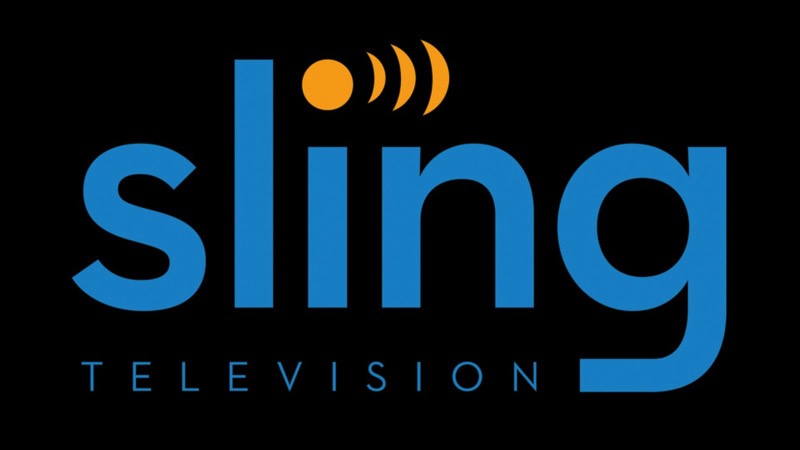
I’ve been using Sling for a little over a month, but I’ve been hesitant to write about it. Up to this point I didn’t have much to say that hasn’t been covered in a thousand articles about the service already.
And then yesterday I cancelled Netflix.
If you’re familiar with the Sling service you may skip the next paragraph.
Sling has been major news in the cord cutting community since it was announced at CES in January. In case you haven’t heard, Sling is a $20 month, no contract service, that lets users stream a dozen or so cable/satellite network channels via the internet. Among it’s channel lineup is ESPN, ESPN2, AMC, TNT, HGTV, TBS, Disney, and more. There are also $5 channel add-on packs that offer more sports, news, family, or movie channels. Sling can be watched from many popular streaming boxes/sticks including Roku and Amazon Fire TV. They also have smartphone and tablet apps for android and iOS.
I was a Netflix member before it’s IPO
I became a Netflix member when it was exclusively a DVD by mail service. Well before Blu-Ray and before streaming. I’ve happily given Netflix 8-15 bucks a month for over a decade. I love Netflix.
When I signed up for Sling it was to test it out, to see what it was like so I could talk about it intelligently if anyone asked. I thought maybe I’d sign up for a month or two here and there during baseball season so we could see our local team play occasionally. I had no plans of tripling my monthly TV budget, brining it to nearly $30 a month, on a regular basis (Netflix $8, plus Sling $20).
One of the greatest strengths of traditional TV is instant gratification. When the TV was turned on something was instantly playing. People love instant gratification. Over the Air TV offers instant-on gratification, but it can lack programing diversity. A service like Netflix with it’s huge library provides diversity, but it doesn’t have instant-on gratification. With Netflix I have to make a choice about what to watch. I’d love to see the data on how many hours people spend looking at the Netflix selection menus.
How many hours have I spent looking at the Netflix selection menu?
Netflix’s auto-play feature provides instant gratification when an episode ends. When one ends the next one starts automatically. It makes continuing to watch Netflix passive, but there is effort required to start watching initially.
Like traditional TV service, when I launch Sling it starts playing the last channel I was on. It offers fewer channels than I get over the air, but the channels it offers are full of programming I enjoy. Some Sling channels allow me to watch programing from a few days before so even if nothing I want to watch is currently on, I can look back in the guide and find something I do like.
With Netflix I often use a website to browse newly added content instead of turning Netflix on. If I didn’t find something I REALLY wanted to watch I wouldn’t bother turning on the TV.
Sling is inferior to Netflix in many ways. Sling has less content to offer. The technology isn’t mature; I have frustrations with the interface and the video quality can be inconsistent, but with Sling there is a curiosity quotient that is most easily fulfilled by turning it on. With Netflix that curiosity is best fulfilled by leaving it off and checking with a 3rd party (website). Consequently, I find myself turning on Sling more often than Netflix.
So yesterday, I decided to keep Sling and I cancelled Netflix. Our monthly budget for TV has doubled, to $20 per month, but we have access to channels we’d only been watching at hotels on vacation for the last 11 years. More importantly, we use the service more which makes it feel like a better value.
